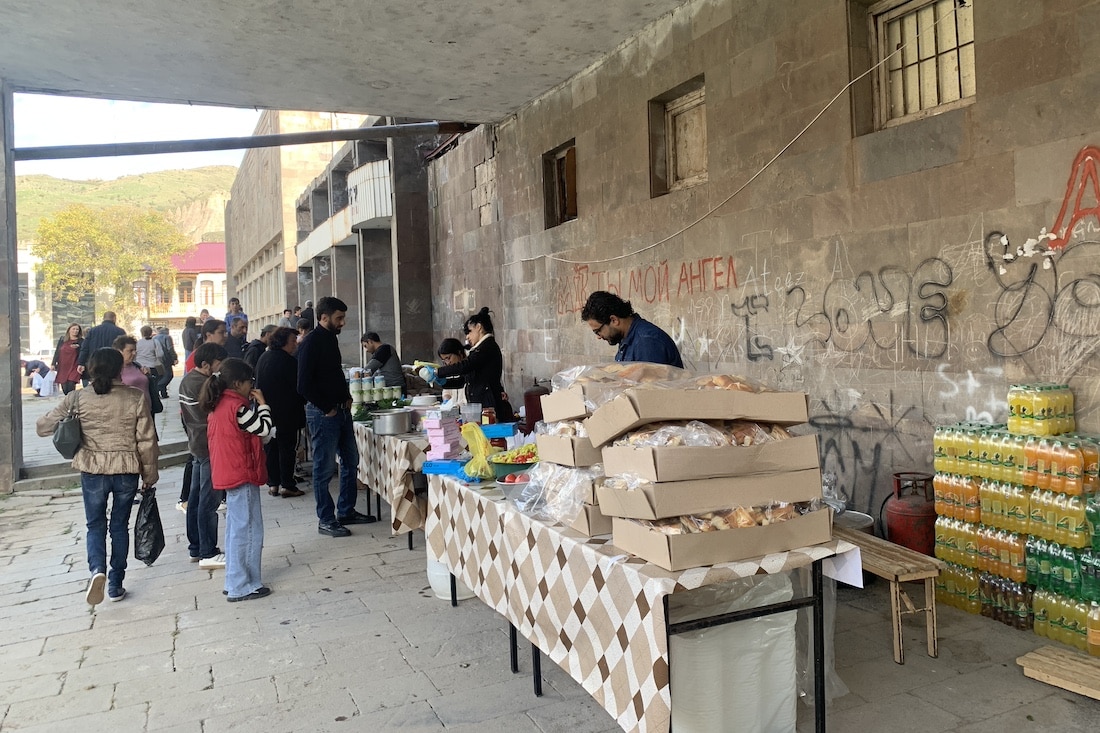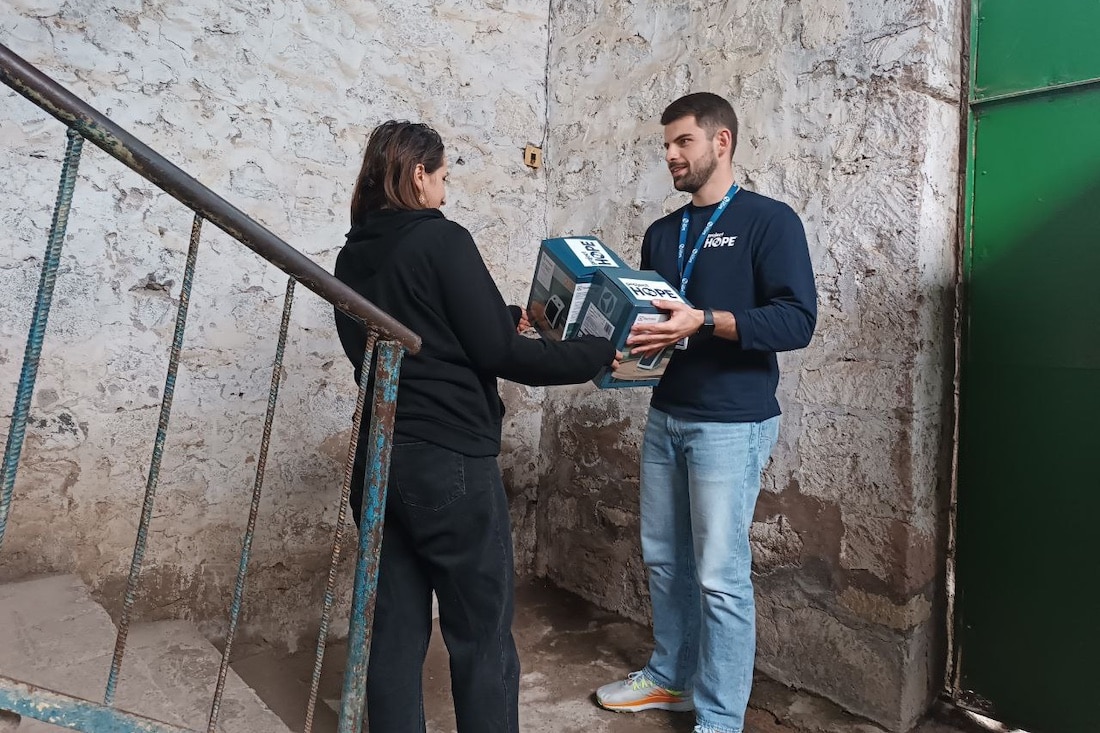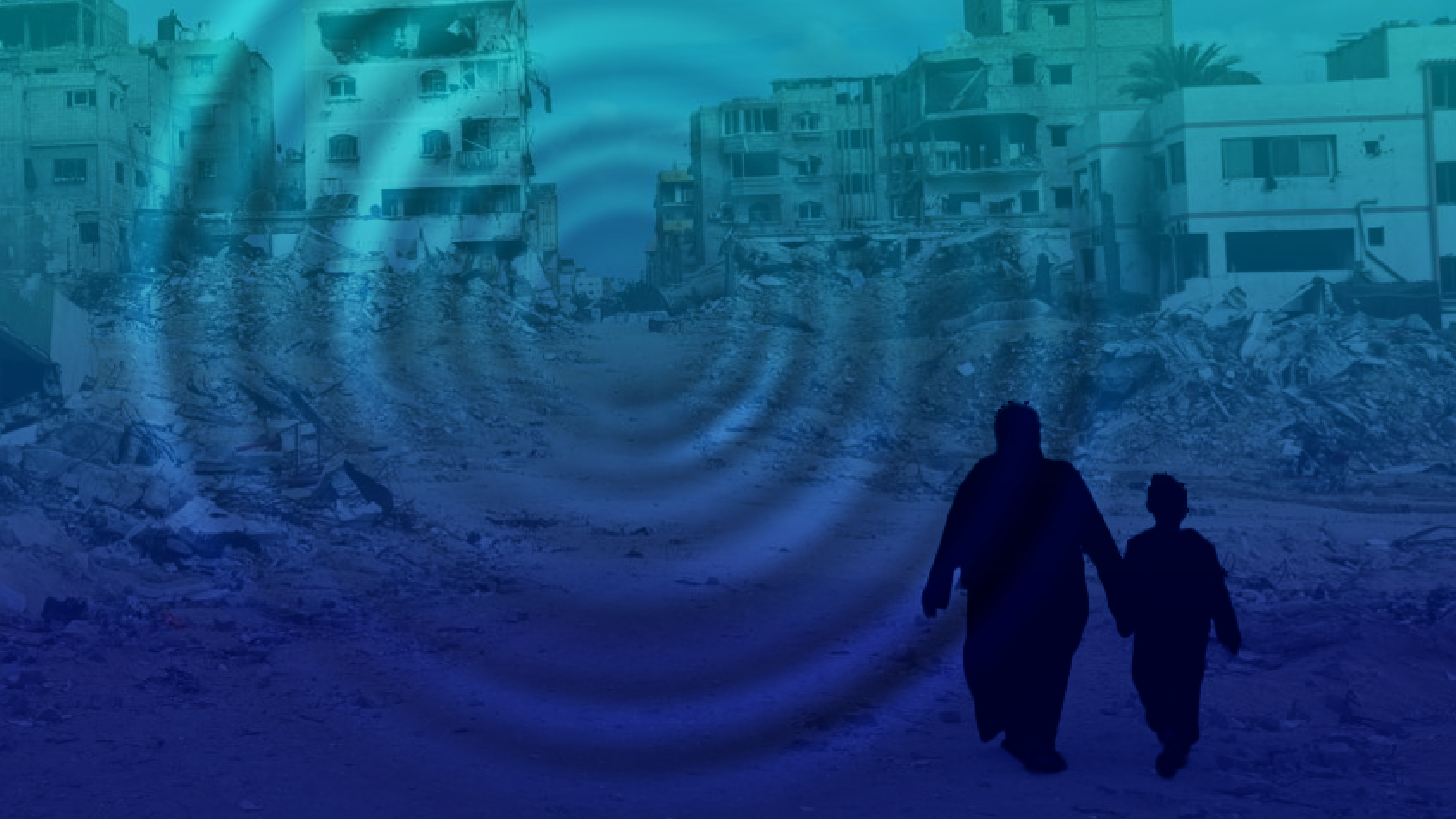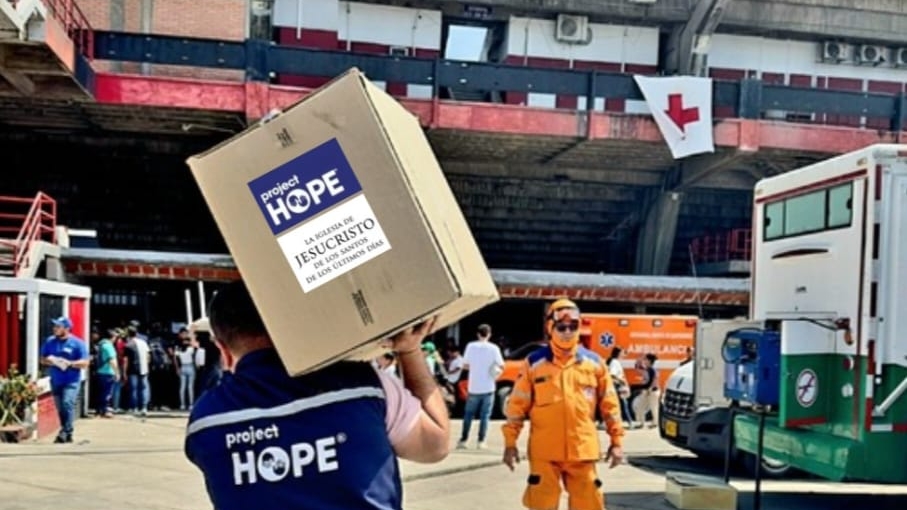Conflict in South Caucasus: How Project HOPE is Responding
The conflict between Armenia and Azerbaijan has displaced nearly all ethnic Armenians from the Nagorno-Karabakh region. Get the latest facts on this humanitarian crisis and learn how Project HOPE is responding.

A resurgence of fighting in the Nagorno-Karabakh region has led to a crisis of critical proportions. More than 100,000 refugees fled the region in September after the territory was officially surrendered to Azerbaijan.
Project HOPE is working closely with local partners in Armenia to assess and respond to the most immediate health needs of displaced populations and affected communities. Get the latest facts on this crisis and learn more about our unfolding response below.
What you need to know:
- The conflict in Nagorno-Karabakh has caused nearly all 120,000 ethnic Armenians to leave their homes and seek refuge in Armenia.
- There is an urgent need for winterization supplies and health care, including mental health and psychosocial support.
- Project HOPE is responding to the immediate health and mental health needs of Armenian refugees after conducting a comprehensive health needs assessment in close coordination with the World Health Organization (WHO) and United Nations (UN) agencies.
What is Nagorno-Karabakh, and why is there fighting?

Nagorno-Karabakh is a mainly ethnic Armenian region that is internationally recognized as a part of Azerbaijan. The region declared independence in 1991 during the collapse of the Soviet Union and has been governed by a self-declared republic run by ethnic Armenians since the mid-1990s.
Conflict has roiled inside Nagorno-Karabakh for decades. In 2020, a serious escalation in fighting devastated densely populated cities and essential civilian infrastructure, including schools and hospitals, across Nagorno-Karabakh, Armenia, and Azerbaijan. Thousands of civilians were killed and half of the region’s population was displaced. The two sides signed a settlement to end the six-week war on November 9, 2020, but territorial disputes have remained unresolved and tensions have remained high ever since, with periodic violations of the ceasefire over the past several years.
In September 2023, Azerbaijan launched a “lightning offensive” and regained control of the region. In one week, over 80 percent of Nagorno-Karabakh’s population fled to Armenia.
>> News Alert: Project HOPE Responds to the Urgent Needs of Armenian Refugees from Nagorno-Karabakh
What are the greatest needs?
Many of those who fled Nagorno-Karabakh left with only a few essential items they could carry. Project HOPE’s assessment has found food, housing, cash assistance, warm clothing, and heating supplies to be the most immediate needs. Many refugees left their homes in the Nagorno-Karabakh region during the warmer months and are now ill-prepared for winter conditions. The provision of adequate shelter and winterization items such as heating fuel will be crucial.
The primary issue for the vast majority of the displaced is a need for mental health and psychosocial support (MHPSS), as refugee families face the long-term trauma of permanent displacement. Many refugees are also dealing with stress and anxiety about living so close to the Azerbaijan border. Armenia does not have enough psychologists to meet such an increase in demand. There is also an urgent need to train health workers to be able to provide psychological first aid to better address the rise of stress and trauma in their patients, and to address their own mental health needs.

Our assessment team also identified gaps in Armenia’s health care infrastructure, notably a shortage of medical equipment, supplies, and qualified staff, especially in rural areas. Some areas do not have ambulances to transport patients and lack quality pharmaceuticals. There is a high incidence of chronic diseases among refugee populations, such as diabetes, hypertension, and respiratory issues, which require specialized support. In the longer term, there will be a need to support the Armenian health system to vaccinate children, provide medication to address chronic conditions, and expand access to maternal care.
Loss of livelihood is another concern. The Nagorno-Karabakh crisis has resulted in a loss of jobs for refugees, particularly for men who served in the military. Efforts to help refugees find employment and support their families will be essential to promoting social integration and ensuring that families can become self-sufficient once again.
>> News Alert: Urgent Health Needs of Refugees in Armenia
How is Project HOPE responding?
Project HOPE is on the ground in Armenia working closely with local partners and UN agencies to assess the most immediate health and mental health needs.
On October 19, Project HOPE organized the distribution of electrical heaters to support the most vulnerable families in Tegh community, located in the southern border area of Syunik province. The Tegh area is home to around 6,000 inhabitants and now accommodates 500 refugees, comprising 110 families.
We continue to work in close coordination with WHO and UN agencies in the region to address outstanding gaps. Long-term recovery efforts will likely focus on providing MHPSS services to refugees and host communities.
In 2020, Project HOPE shipped urgent humanitarian assistance, including essential health packs and hygiene kits, to the conflict-affected populations in Nagorno-Karabakh, as well as displaced populations in surrounding areas of Armenia. At that time Project HOPE also trained health workers to be able to better respond to urgent health needs.




